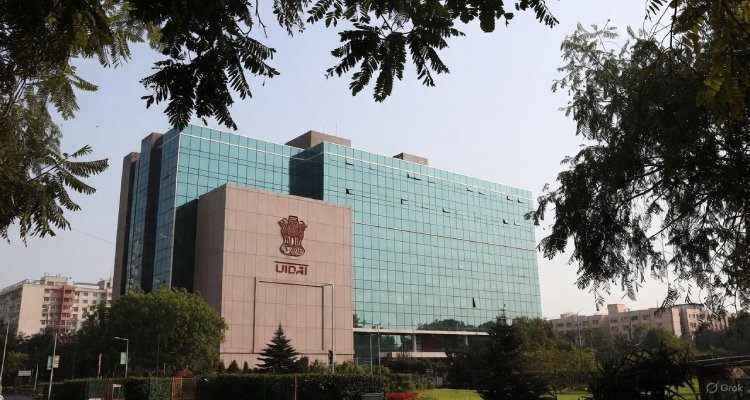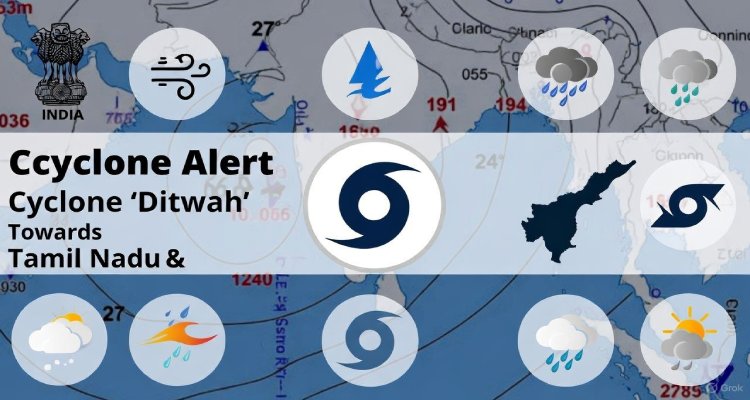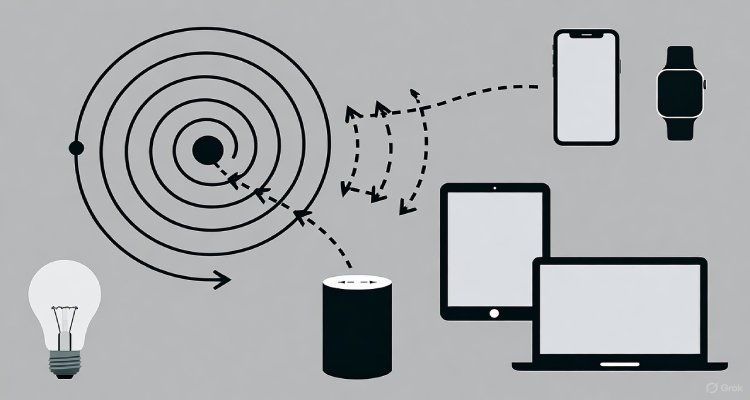The Scary Side of Wireless Power Nobody Talks About
As wireless charging expands beyond phones to homes and cities, hidden health, security, and environmental concerns are beginning to surface—raising tough questions about our untethered future.
Introduction: The Invisible Revolution Around Us
In an age where cords are vanishing and everything from smartphones to electric cars charges through the air, wireless power feels like the next leap in human convenience. No plugs. No clutter. Just seamless energy transfer. But beneath this sleek vision of the future lies a quiet unease—scientists, engineers, and health experts are warning that the invisible fields enabling this revolution may have invisible consequences too.
Context & Background: From Tesla’s Dream to Modern Reality
The dream of transmitting power through the air isn’t new. Nikola Tesla envisioned it over a century ago, building his massive Wardenclyffe Tower in hopes of sending electricity across continents. His vision was shelved due to technical and financial challenges, but a century later, technology has finally caught up.
Today, wireless charging isn’t limited to smartphones and toothbrushes. It’s expanding to electric vehicles, kitchen appliances, factory robots, and even smart cities. Startups and tech giants alike are racing to commercialize long-range power transmission using electromagnetic resonance and radio waves.
But as our devices begin sipping energy invisibly, experts are asking: what else are we exposing ourselves to?
Main Developments: The Promise and the Peril
Wireless power transfer (WPT) works through electromagnetic fields that can transmit energy between a source and receiver. The most common method—inductive coupling—is generally safe for short distances. However, newer versions aiming for mid-range and long-range wireless power use stronger electromagnetic radiation to charge devices several feet or even meters away.
That’s where the concerns arise.
Recent studies have hinted that prolonged exposure to certain frequencies could potentially cause biological stress, thermal effects, or interference with medical implants like pacemakers. While regulatory bodies such as the FCC and WHO maintain that current exposure levels are within safety limits, the rapid expansion of WPT technology means there’s still much that remains untested—especially for large-scale, continuous use.
Meanwhile, cybersecurity experts warn that wireless energy networks could introduce a new class of vulnerabilities. Imagine a malicious actor hijacking power transmission to overload or disable devices remotely—a “wireless power hack” scenario that, while theoretical, is no longer purely science fiction.
Expert Insight & Public Reaction
Dr. Lena Marshall, an electromagnetic researcher at the University of California, notes,
“We’re stepping into uncharted territory. Wireless power at scale hasn’t existed long enough for us to understand its cumulative effects. It’s not alarmist to say we need long-term data before we go all-in.”
Tech ethicists share a similar sentiment. Energy futurist and author Ben Carver puts it bluntly:
“We once thought radiation from X-rays was harmless. History tells us convenience often comes before caution.”
Yet, public enthusiasm for wireless charging remains strong. The sleek aesthetic and frictionless experience have made it a beloved feature in consumer electronics. Few users stop to question the invisible systems making it possible—until something goes wrong.
Impact & Implications: What Happens Next
The rise of wireless power raises profound implications across industries and society:
- Health & Safety: As homes, vehicles, and public spaces adopt continuous wireless charging grids, exposure to low-level electromagnetic radiation will become constant. The long-term biological impact of this remains largely unknown.
- Security Risks: Energy grids that rely on wireless transmission could become targets for new forms of cyberattacks, potentially disrupting infrastructure or spying through power data leaks.
- Environmental Costs: Wireless transmission is currently less energy-efficient than wired systems, losing more power as heat and electromagnetic noise—contradicting sustainability goals.
- Regulatory Challenges: Governments and safety boards may need new frameworks to monitor cumulative radiation exposure and to enforce safe design standards.
Despite these concerns, industry innovation shows no signs of slowing. Companies like WiTricity, Energous, and Ossia are already deploying mid-range charging solutions in smart factories and airports. In the near future, your living room may wirelessly power every device—from the TV to the coffee maker—without a single visible plug.
Conclusion: Power Without Wires—But Not Without Questions
Wireless power represents both a technical marvel and a societal test. It promises freedom from cords and a cleaner aesthetic, but also challenges us to consider the unseen trade-offs of an always-charged world.
As Dr. Marshall reminds, “The best time to study safety isn’t after adoption—it’s before it.”
If we don’t pause to understand the full impact of living in a sea of transmitted energy, we might one day find that convenience came at a higher cost than we imagined.
Disclaimer:This article is for informational purposes only. It does not offer medical or technical advice. Readers are encouraged to consult credible scientific and health sources for guidance on electromagnetic safety.











